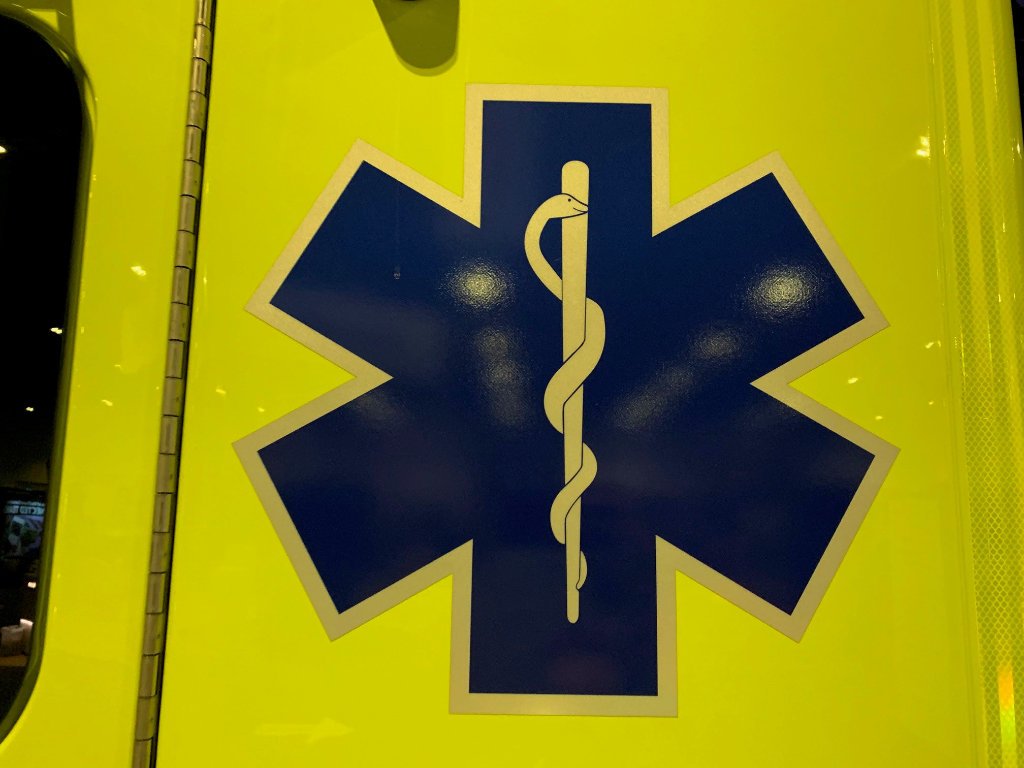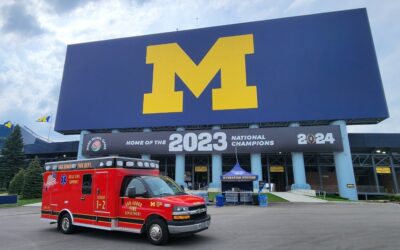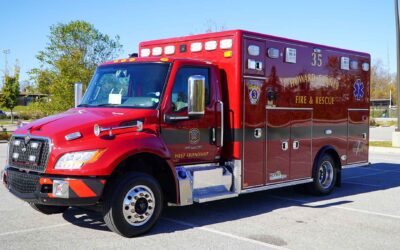
File photo
If a patient with an exposure history and signs and symptoms suggestive of COVID-19 requires transport to a healthcare facility for further evaluation and management (subject to EMS medical direction), the following actions should occur during transport:
- EMS clinicians should notify the receiving healthcare facility that the patient has an exposure history and signs and symptoms suggestive of COVID-19 so that appropriate infection control precautions may be taken prior to patient arrival.
- Keep the patient separated from other people as much as possible.
- Family members and other contacts of patients with possible COVID-19 should not ride in the transport vehicle, if possible. If riding in the transport vehicle, they should wear a facemask.
- Isolate the ambulance driver from the patient compartment and keep pass-through doors and windows tightly shut.
- When possible, use vehicles that have isolated driver and patient compartments that can provide separate ventilation to each area.
- Close the door/window between these compartments before bringing the patient on board.
- During transport, vehicle ventilation in both compartments should be on non-recirculated mode to maximize air changes that reduce potentially infectious particles in the vehicle.
- If the vehicle has a rear exhaust fan, use it to draw air away from the cab, toward the patient-care area, and out the back end of the vehicle.
- Some vehicles are equipped with a supplemental recirculating ventilation unit that passes air through HEPA filters before returning it to the vehicle. Such a unit can be used to increase the number of air changes per hour (ACH).
- If a vehicle without an isolated driver compartment and ventilation must be used, open the outside air vents in the driver area and turn on the rear exhaust ventilation fans to the highest setting. This will create a negative pressure gradient in the patient area.
- Follow routine procedures for a transfer of the patient to the receiving healthcare facility (e.g., wheel the patient directly into an examination room).




